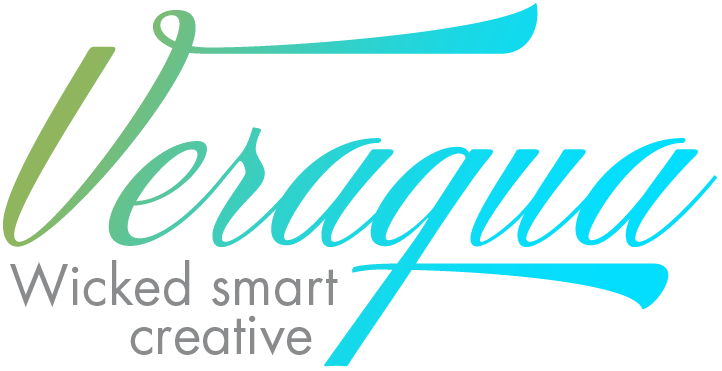Who’s Responsible for All This Stuff?
Let’s be honest—when you’re standing in front of three recycling bins, trying to decide if your milk carton belongs with paper, plastic, or in the void of eternal guilt (the trash), it feels like you, the consumer, are carrying the weight of the world’s waste problem. But here’s the twist: you’re not supposed to do it alone.
Meet Extended Producer Responsibility (EPR)…the grown-up version of “you made the mess, you clean it up.” EPR shifts responsibility for products at the end of their life back to the companies that made them. Or companies like us, who design them.
Translation? If a brand puts something on the market, it has to think about where that thing ends up after you’re done with it.
Think of it this way:
That shampoo bottle? The manufacturer should plan for its recycling.
The mountain of packaging from your online shopping spree? Brands should design it to be reusable, recyclable, minimal, or without packaging at all (yes, it’s possible)
The electronics graveyard in your closet? Yep, the tech companies need to figure that out, too.
The beauty of EPR is that it encourages smarter design, reduces waste, and makes sustainability less of a solo sport for the consumer.
Design firms have to step up and design with the end in mind. So next time you’re stuck mid-recycle decision, remember: it’s not just your job, it’s our job.
EPR is about putting responsibility where it belongs—back on the producers. Because saving the planet should be a team effort.
Learn more about EPR and how it impacts your business and your consumers by checking out this link: EcoEnclose’s Guide to EPR.
And if you need some help getting complaint with your packaging, reach out to us. We will be happy to help.
Additional reading:
https://www.technologyreview.com/2023/10/12/1081129/plastic-recycling-climate-change-microplastics/

